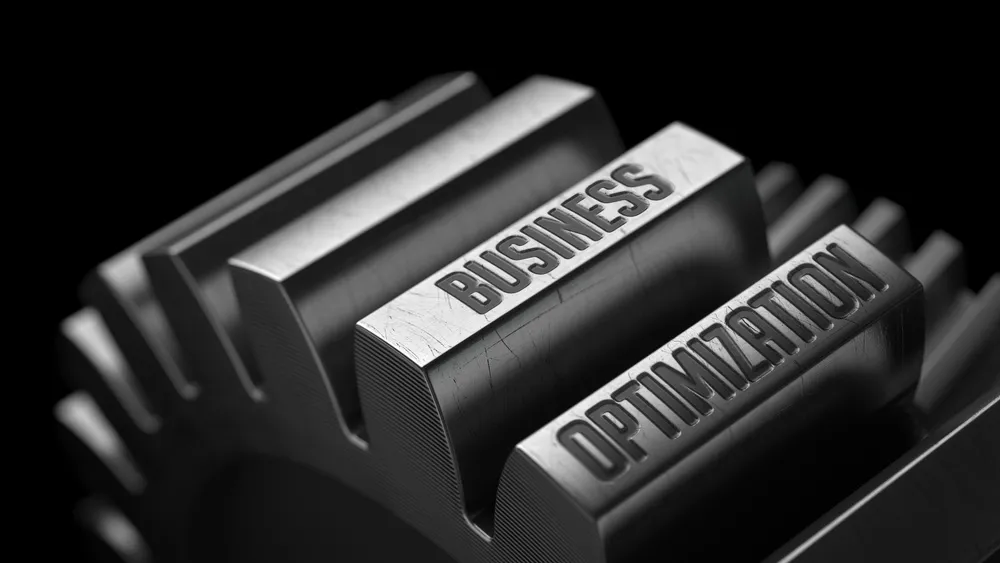You know the companies who break away from the pack. You buy their products with prime shipping, you ride in their cars. You’ve seen them disrupt entire industries. It might seem like giants such as Amazon and Uber have always existed as towering pillars of profit, but that’s not so. What sets companies like these apart is a crucial piece of knowledge. They spotted the tipping point when reliability becomes a top priority to a software company’s success.
Pinpointing this tipping point is hard. After all, many companies can’t afford to stop shipping new features to shore up their software. Timing the transition to reliability well can launch a company ahead of the competition, and win the market (e.g. Amazon, Home Depot). But missing it can spell a company or even an industry’s doom (e.g. Barnes & Noble, Forever 21, and Gymboree in the retail apocalypse). Luckily, there are signs as you approach the tipping point. From examining over 300 companies, we’ve identified five.
Let’s break these signs down together.
1. Your Product Is Becoming a Utility
When a product is a novelty, new adopters have a generous tolerance for errors because they are buying a vision of the future. Once the product becomes a utility, though, companies start to depend on it for critical functions. In the case of Twilio, suicide prevention hotlines are dependent on their reliability. And people start to depend on the product for daily life.
Consider Amazon. This company set the new consumer expectation for e-commerce and disrupted the sales of companies like Barnes & Noble and many more. How? First of all, the store is always open and accessible from your living room couch. Second, Prime delivers all packages with 2-day shipping. Do Amazon’s users care more about drone delivery (a feature), or 2-day shipping (reliability)?
While drone delivery is a neat novelty, the commodity of fast shipping is Amazon’s bread and butter. Users want their order, on-time, no matter what it takes to get there. How else can parents count on Santa coming on Christmas Eve?
While it’s tough to pinpoint the exact moment an industry converts from novelty to utility, we can look at three early indicators according to Harvard Business School.
- Companies begin to compete for pricing. Instead of shrugging off a price difference in exchange for the pleasure of a novelty, customers are doing their research before buying.
- Companies are restructuring their finances in order to keep the same profit margin even though sales are increasing. They need to innovate to make money with higher costs. They have more employees, more maintenance expenses, more everything.
- Companies take a closer look at their customer base. What’s the target market? What customers don’t they want buying their product? They’ve got to make tough choices here to keep loyal customers who appreciate what the company brings to the table.
Thanks to companies like Amazon, Google, Facebook, Netflix, etc., software delivery is transitioning from a novelty to a utility, from something we like to something we need every day. People expect every service to be as responsive and available as these tech giants. As your service loses its novelty, your users will look for reliability over features.
#devops #site reliability engineering #site reliability #site reliability engineer #site reliability engineering tools
